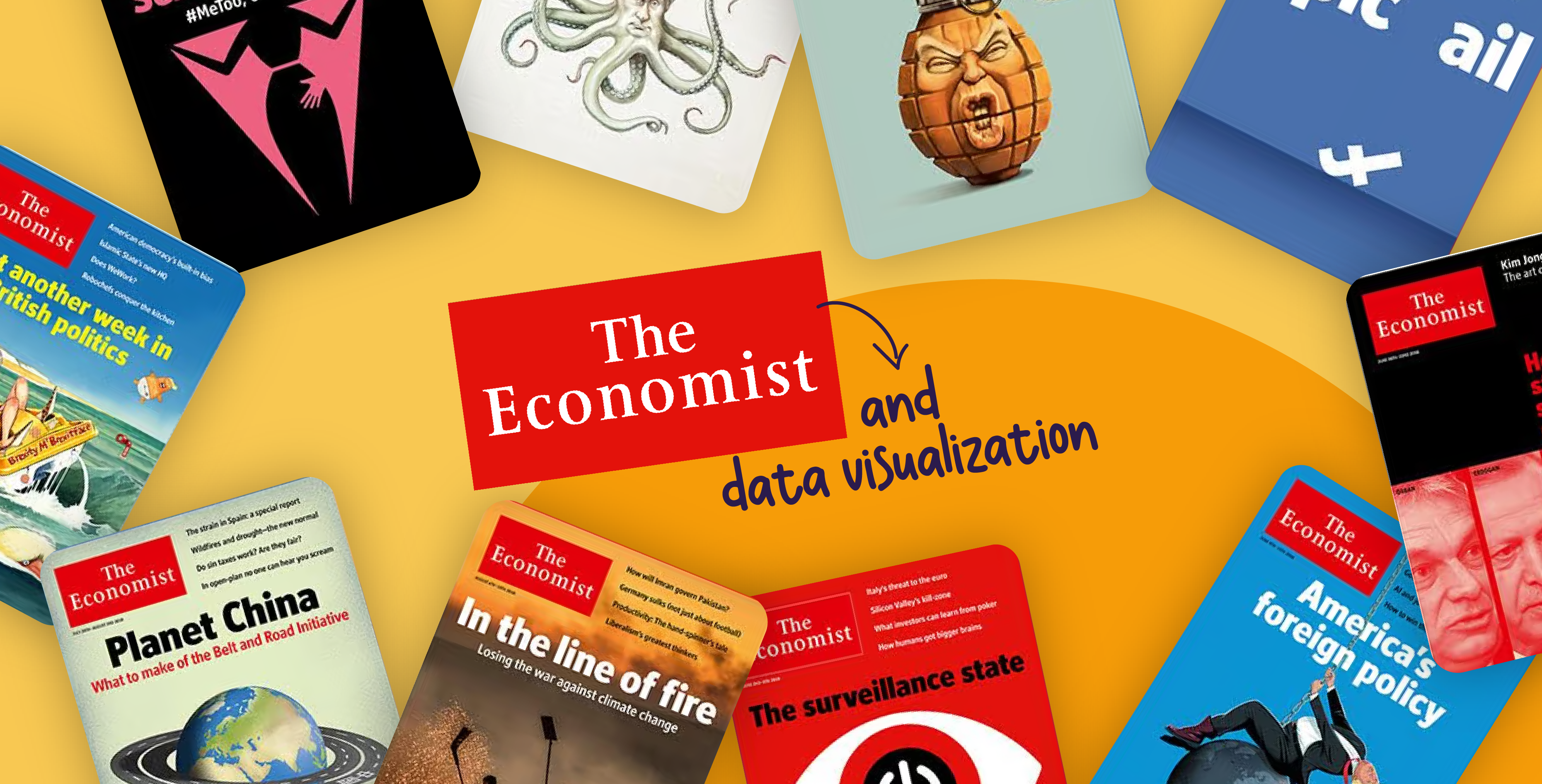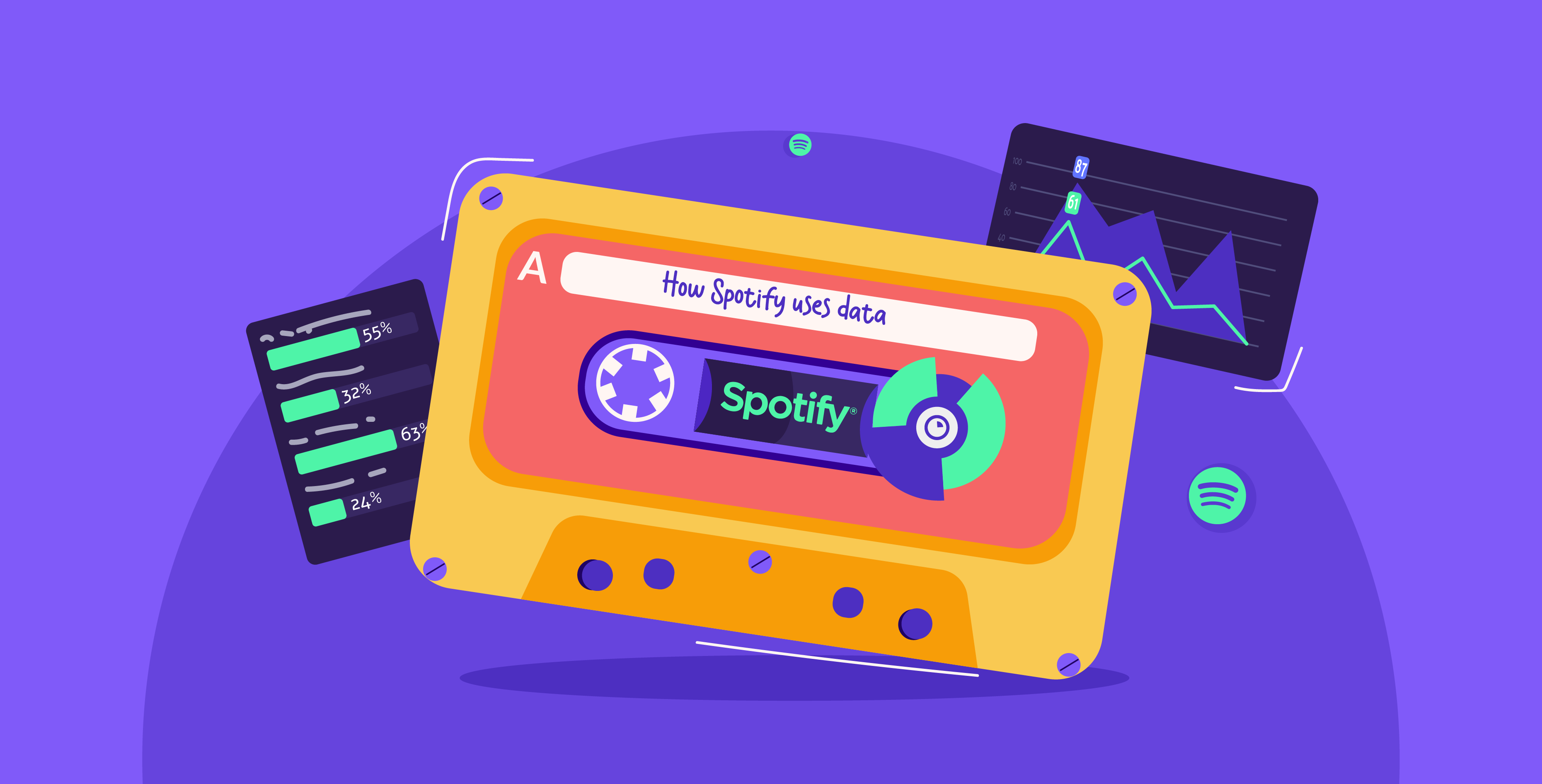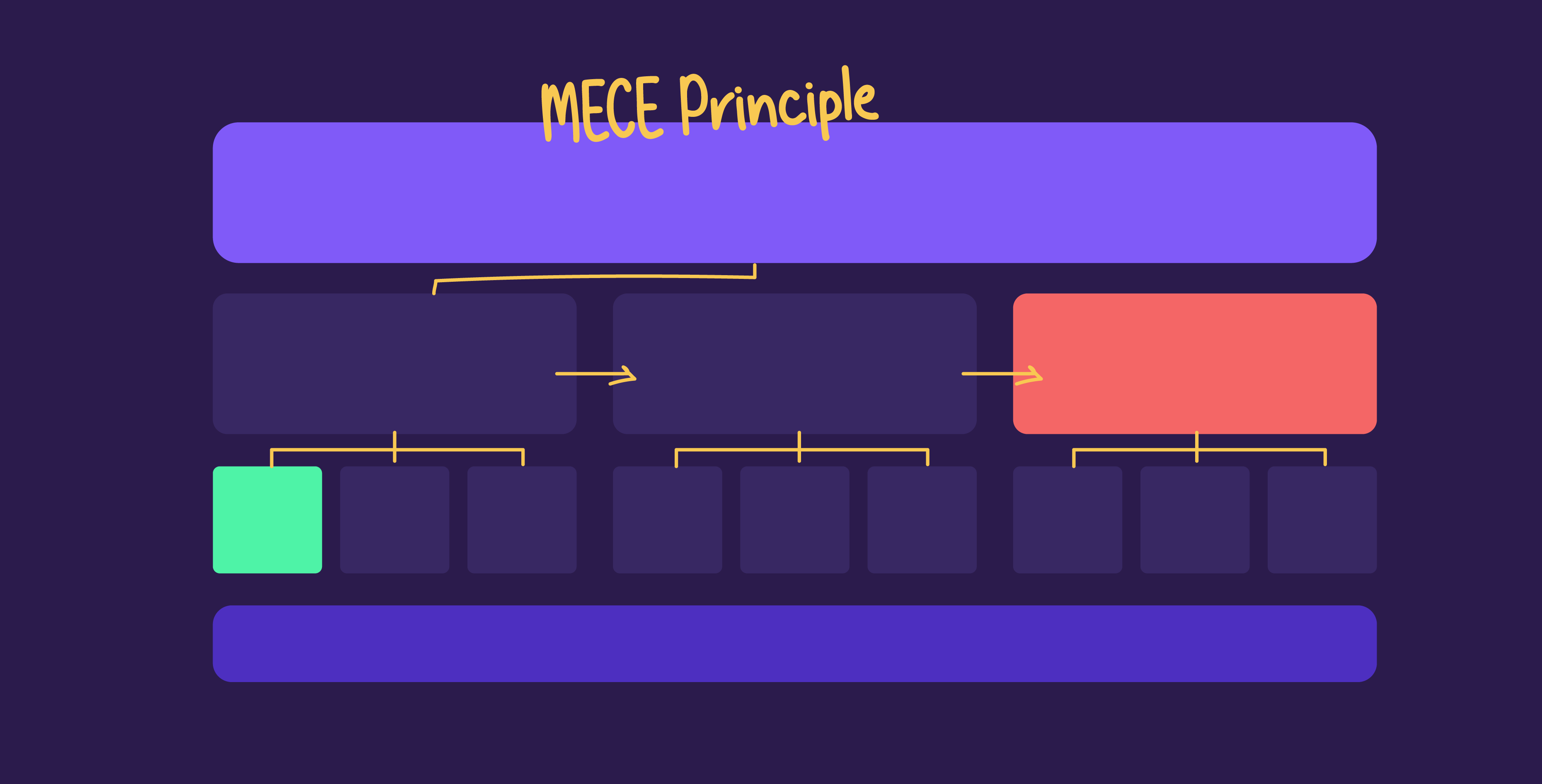05 May 2024
All of our favorite cartoons and movies start the same way, with a few sketches on a storyboard. It helps to create a visual narrative that guides the development of the story and enables effective presentation. Storytelling is a vital aspect of any presentation, and storyboarding is an essential storytelling tool that ensures your presentation is engaging and coherent. It helps you craft a compelling narrative in graphic form. By creating a storyboard, you lay the foundation for your PowerPoint, making it easier to design and communicate your ideas effectively.
What is the history of storyboarding?
Storyboards are a blueprint for visualizing and representing your story and are meant to guide you as you create it. The concept of storyboarding was introduced by Walt Disney and his team in the 1920s. When creating his classic Mickey Mouse cartoons, they would sketch out individual scenes and pin them onto bulletin boards, allowing for easier review and revision of the storyline.
And although preparing a PowerPoint is unlike animating Mickey Mouse, the need for planning and conceptualizing remains the same. Storyboarding can help you identify what kind of story you want to tell and how to incorporate visuals to enhance your message. With storyboarding, you can map out the structure and flow of your presentation, saving you time when designing your slides.
Think of a storyboard as a sketchpad where you can write down all your ideas in one place. This “brain dump” allows you to explore different approaches and identify what works and what doesn’t. By listing everything, you can edit, replace, or remove elements that don’t add value to your presentation, and refine your story until it’s clear, concise, and compelling.
How do you storyboard your presentation?
Storyboarding is commonly associated with film and animation, but it can also be a powerful tool for planning presentations. When creating a presentation, you’re essentially telling a story using visual aids. Storyboarding can help you organize your thoughts and plan out the structure of your presentation, ensuring that your visual aids enhance your message and engage your audience. Here’s how you can storyboard your presentation:
Set up your storyboard
Start with a new PowerPoint document and insert enough slides to cover all the headlines and ideas you want to cover. Don’t worry about length right at this stage; you will later cut any irrelevant or tedious slides.
Decide on your arc
Define the main message or idea you want to share, and think about the stages it takes to reach that idea. The arc of the narrative becomes easier to understand when you split it into chapters. Split your narrative into chapters and use the Notes feature to add more ideas and notes that can help you.
Add a frame for each idea
Typically, one idea should be presented per slide. As you storyboard, add frames for each of your ideas and flesh them out so you can see the entire storyline laid out. Label them to keep track of them.
Rearrange the slides
Once all your ideas are down, step back and look at the timeline you’ve created. This will help you understand the story’s flow better and rearrange it accordingly. Should the presentation reach the key ideas sooner? Does the narrative make sense? Should certain points be shifted to be more logical?
Get rid of the weak parts
With the entire presentation outline in front of you, you can gain some perspective on what should or shouldn’t make the final cut. Identify the weak sections and start removing any useless parts. Anything that doesn’t serve the main message is unnecessary baggage. Cut down the presentation to the essential elements that best support your message.
Why should you create presentation storyboards with PowerPoint?
Presentation design involves a blend of creativity, planning, and effective storytelling. To optimize your presentation development process and achieve your goals, utilizing a PowerPoint storyboard can advance and optimize your process. Here is why:
Easy to use
If you regularly make PowerPoints, you are well-versed in the basic features, so making a storyboard should not be too far out of your scope. A presentation storyboard acts as a rough draft for the final product. Using a process similar to making a PowerPoint, you can easily develop a storyboard by creating slides to lay down all your ideas. Then, you can begin experimenting with their structure and flow.
Variety of features
PowerPoint offers many features that can be handy when creating a presentation storyboard. From incorporating eye-catching shapes like icons and banners to integrating media elements such as videos, GIFs, and audio, PowerPoint empowers you to infuse life into your mockups. By incorporating these elements into the storyboard, you can get a clear sense of how and where to leverage them effectively.
Easy to customize
Once you’ve added slides to your storyboard, PowerPoint provides effortless customization options. You can edit, rearrange, add, or remove slides with ease. Additionally, PowerPoint enables you to tailor your storyboard by incorporating personalized text, themes, and visual elements, ensuring alignment with your desired content and tone.
You can collaborate with your team
Collaboration is made seamless with PowerPoint’s team-friendly features. If you’re working with a team, you can develop the storyboard collectively using PowerPoint online. can create and share a collaborative link with appropriate editing permissions. This accessibility allows everyone to contribute suggestions, offer feedback, and provide input throughout the presentation storyboard creation process.
Tips for creating a presentation storyboard
Focus on the headlines
Begin by identifying the theme of your presentation. List all the key points and main ideas you want to convey. At this stage, the specific structure doesn’t matter; you can connect them later. Dedicate a slide to each headline and expand upon your ideas across multiple slides, allowing for a cohesive flow.
Call to action
Review the pieces of your story and determine the core message you want your audience to take away. Rearrange your sections to ensure the most captivating ideas are positioned at the beginning to immediately engage your audience. Ensure that your presentation builds towards a meaningful conclusion, and conclude your storyboard with a compelling call to action that encourages your listeners to take action after the presentation.
Don’t be afraid of non-linear structures
Don’t be afraid to experiment with non-linear storytelling structures. While it may seem unconventional to start with surprising points, it can captivate your audience’s attention. Remember that there are multiple paths to a destination, and sometimes starting backward or taking an unconventional approach can be more effective in explaining complex concepts or capturing interest.
A presentation storyboard serves as the perfect planning tool to develop an engaging narrative. By laying out all your ideas, you gain a fresh perspective on your story. Think of a storyboard as your first draft, allowing you to craft a visually impactful narrative using your slides. It simplifies the presentation design process by enabling you to build a coherent story first and then adapt it to fit your narrative structure. If you’re seeking assistance in preparing an upcoming presentation, our presentation design agency specializes in creating engaging and effective presentations for all types of audiences.











